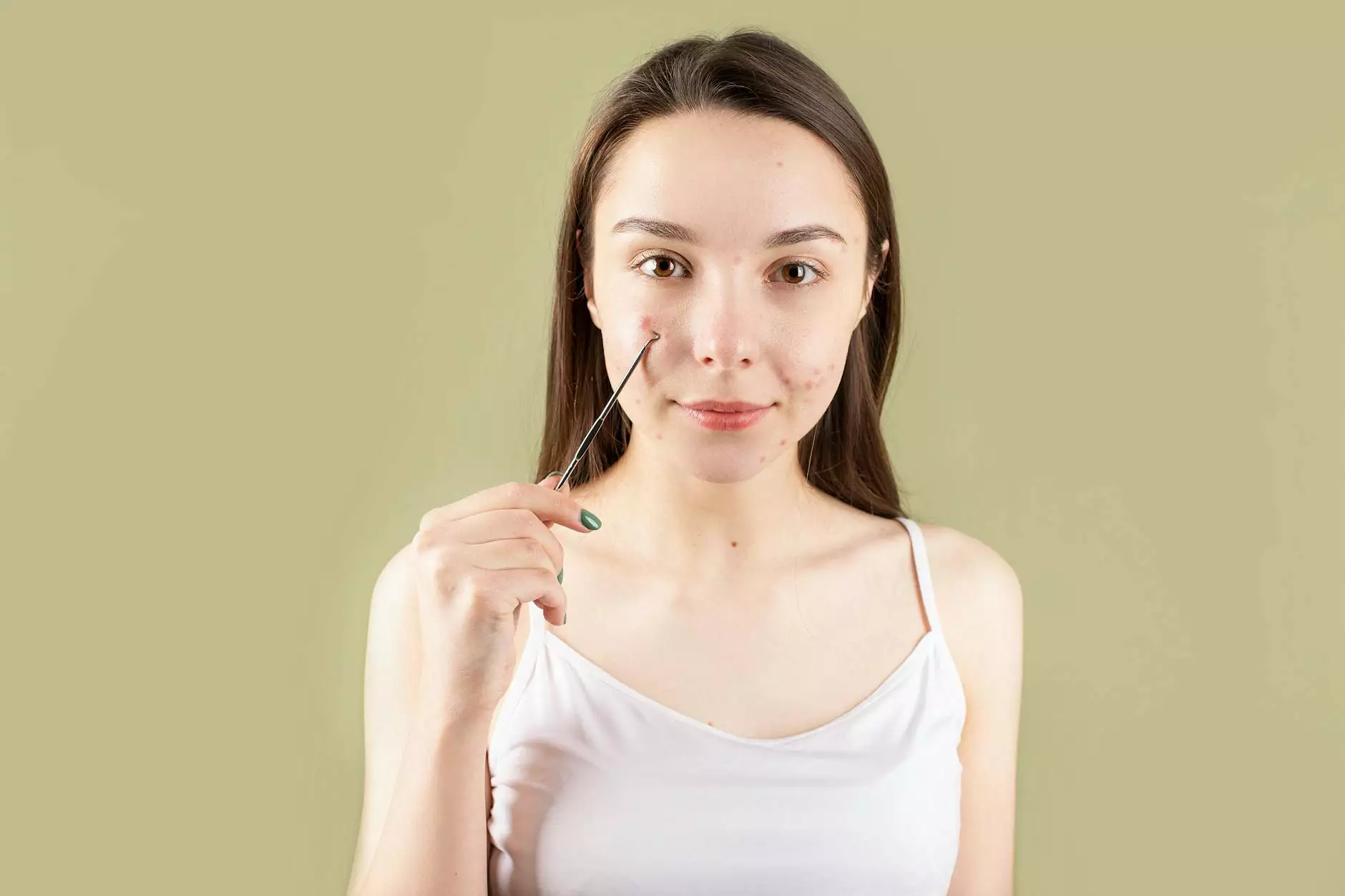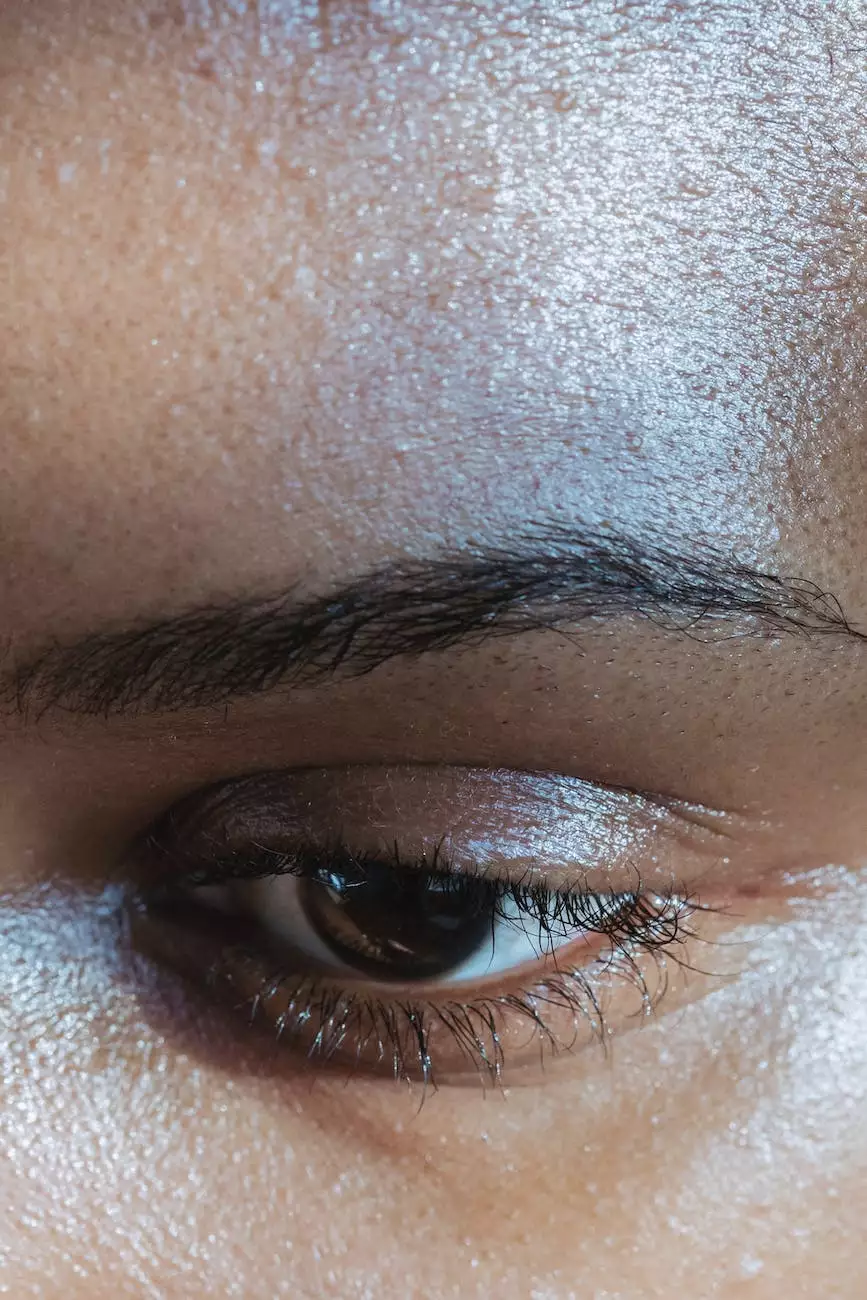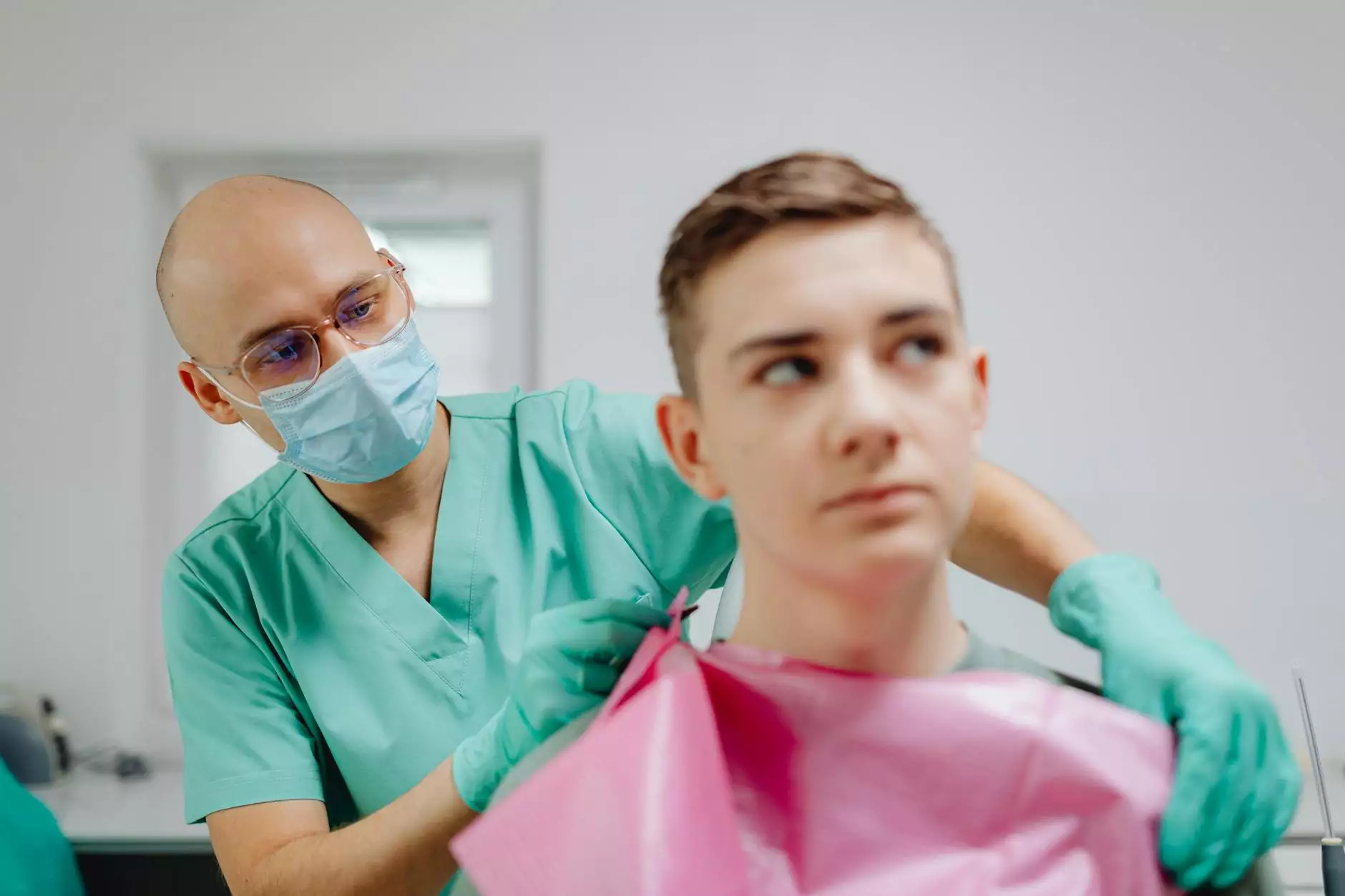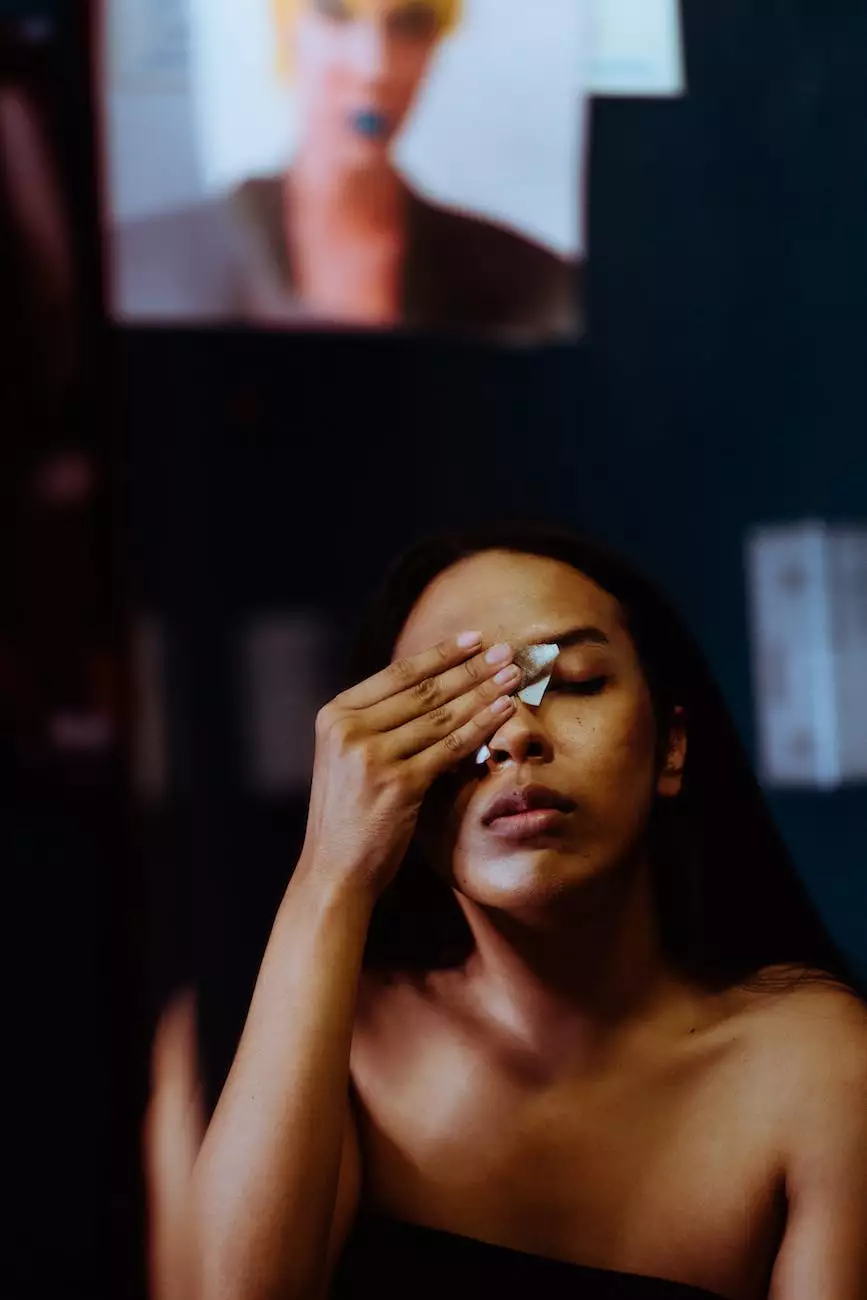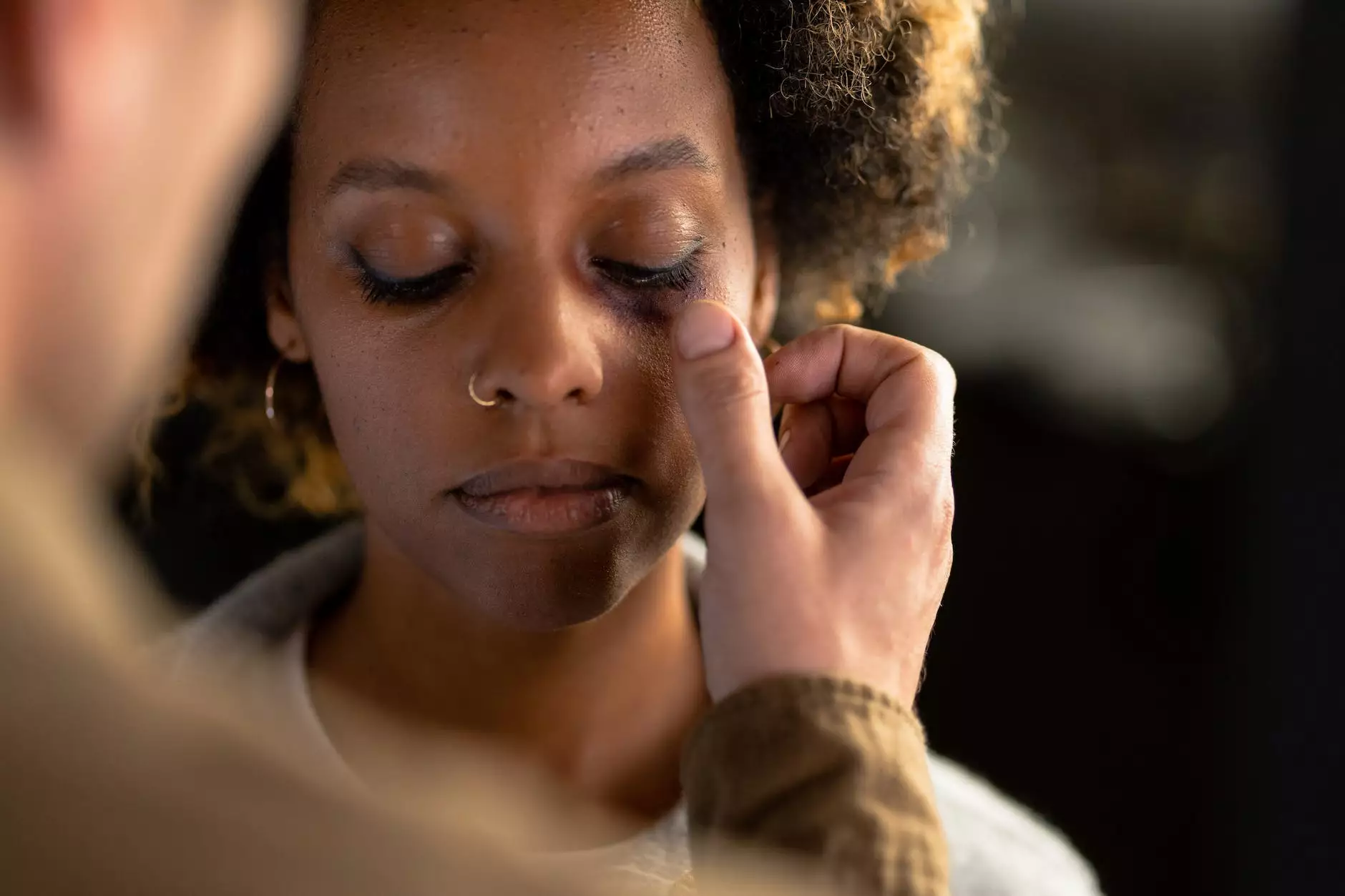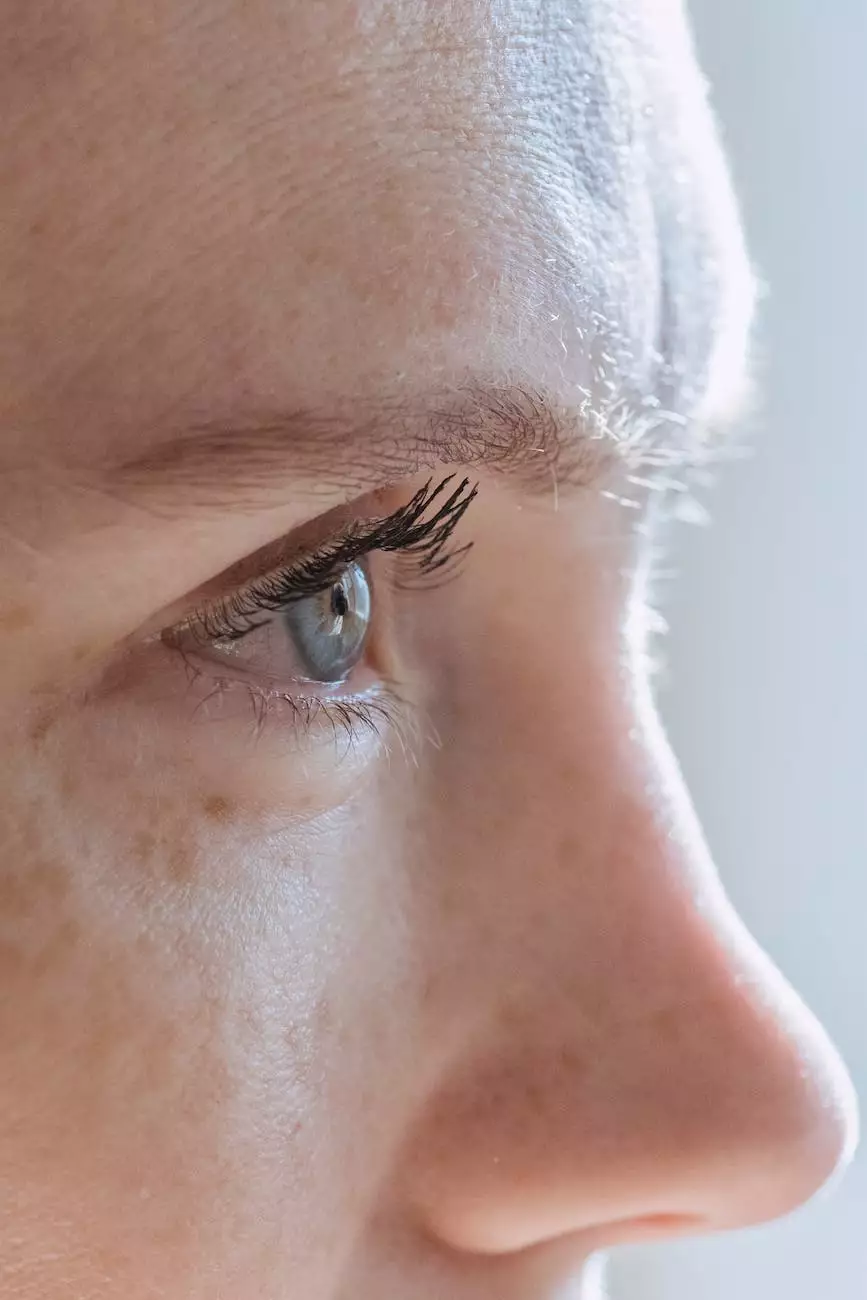Eyelids That Turn In or Out
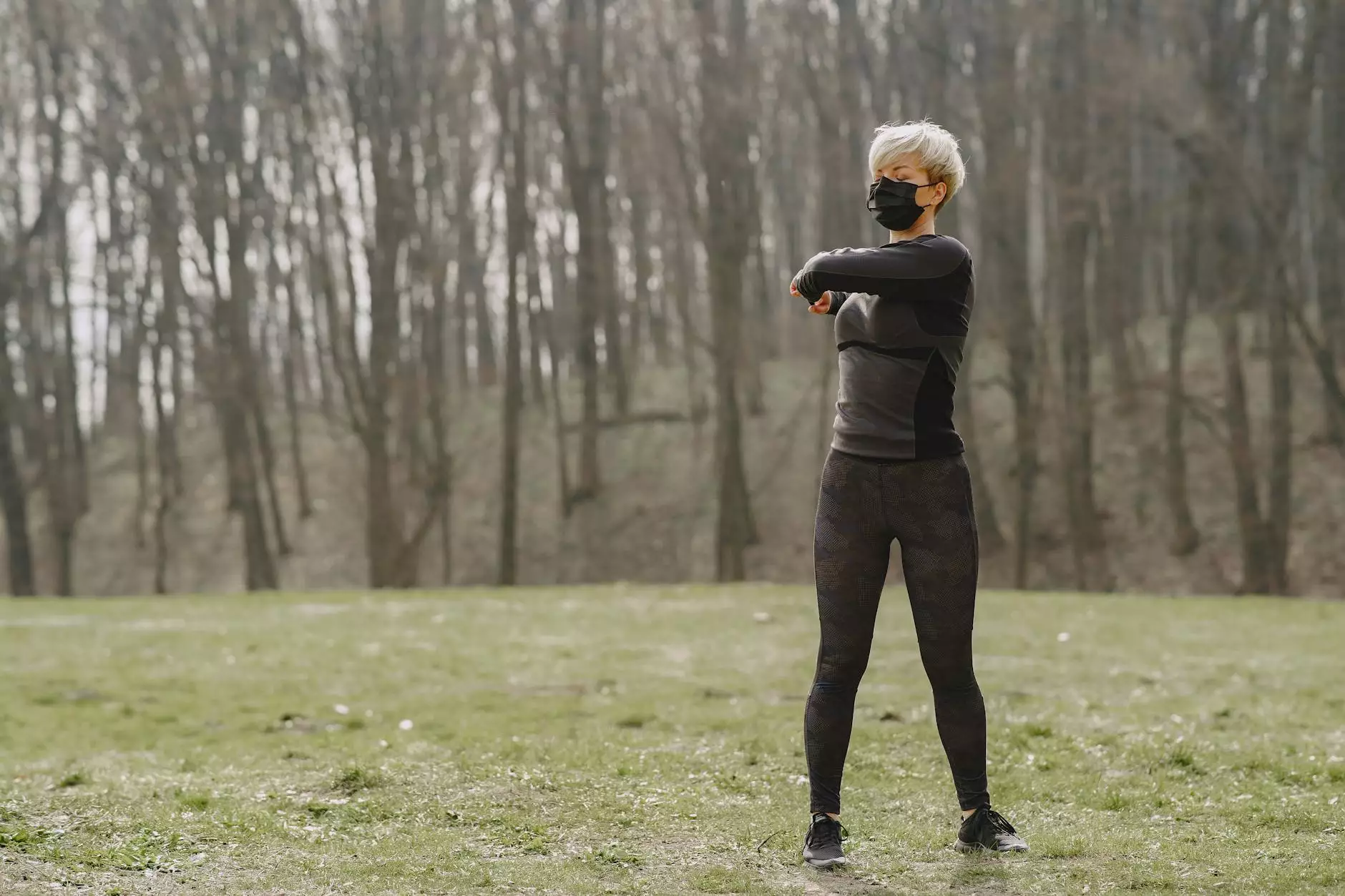
Understanding Eyelid Eversion and Inversion
At Foley James D MD, we specialize in providing expert solutions for eyelids that turn in or out. This condition, known as eyelid eversion (ectropion) or inversion (entropion), can cause significant discomfort and affect your vision and overall eye health. Our team of experienced healthcare professionals is dedicated to helping you understand the causes, symptoms, and available treatments for this condition.
Causes of Eyelid Eversion and Inversion
Eyelid eversion occurs when the edge of the eyelid turns outward, exposing the delicate inner surface of the eyelid and conjunctiva. It can be caused by several factors, including:
- Age-related changes in the muscles and connective tissues of the eyelid
- Chronic inflammation or infection of the eyelid
- Previous eye or eyelid surgery
- Facial nerve paralysis or weakness
On the other hand, eyelid inversion occurs when the edge of the eyelid turns inward, causing the eyelashes to rub against the cornea. The most common causes of eyelid inversion include:
- Age-related changes in the muscles and connective tissues of the eyelid
- Chronic inflammation or infection of the eyelid
- Scar tissue formation from previous eyelid surgery or trauma
- Secondary to certain skin conditions, such as rosacea
Symptoms and Complications
The symptoms of eyelid eversion and inversion can vary depending on the severity of the condition. Some common symptoms include:
- Eye irritation, redness, and tearing
- Dryness and discomfort
- Sensitivity to light and wind
- Blurred vision or excessive tearing
- Frequent eye infections due to exposure of the inner eyelid
If left untreated, these conditions can lead to more severe complications, such as corneal ulcers, chronic eye infections, and vision loss.
Treatments and Solutions
At Foley James D MD, we offer a range of effective treatments and solutions to address eyelid eversion and inversion. Our experienced team will assess your specific condition and recommend the most appropriate course of action.
Treatment options may include:
- Non-surgical interventions, such as lubricating eye drops and ointments
- Temporary eyelid taping or use of eyelid weights
- Botulinum toxin injections to correct muscle imbalances
- Surgical procedures to repair and reposition the eyelid
Our skilled ophthalmologists specialize in reconstructive eyelid surgery, ensuring precise and tailored solutions to restore normal eyelid function and improve your quality of life.
Contact Us
If you or a loved one is experiencing eyelids that turn in or out, contact Foley James D MD today to schedule a consultation. Our compassionate team is committed to providing exceptional care and personalized treatment options to address your specific needs.
Take the first step towards healthier eyelids and improved eye health with Foley James D MD. Contact us now!

